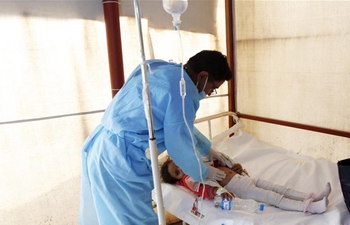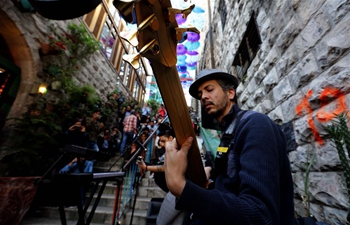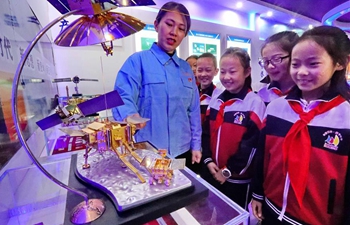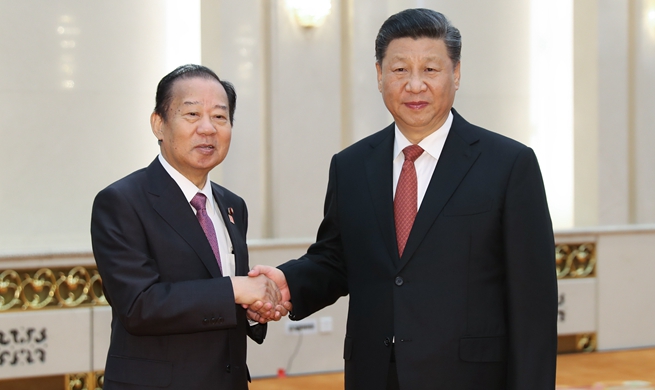CHICAGO, April 24 (Xinhua) -- Researchers at Northwestern University (NU) and University of California, San Diego (UC San Diego) have designed a minimally invasive platform to deliver a nanomaterial that turns the body's inflammatory response into a signal to heal rather than a means of scarring following a heart attack.
"This research centered on building a dynamic platform, and the beauty is that this delivery system now can be modified to use different chemistries or therapeutics," said Nathan C. Gianneschi, a professor in the department of chemistry in the Weinberg College of Arts and Sciences as well as in the departments of materials science and engineering and of biomedical engineering in the McCormick School of Engineering at NU, in a news released posted on NU's website on Wednesday.
"We sought to create a peptide-based approach because the compounds form nanofibers that look and mechanically act very similar to native extracellular matrix. The compounds also are biodegradable and biocompatible," said first author Andrea Carlini, a postdoctoral fellow in NU's department of materials science and engineering.
Peptides are short chains of amino acids instrumental for healing. The researchers' approach relies on a catheter to deliver self-assembling peptides, and eventually a therapeutic, to the heart following myocardial infarction, or heart attack.
"We inject a self-assembling peptide solution that seeks out a target, the heart's damaged extracellular matrix, and the solution is then activated by the inflammatory environment itself and gels," said Gianneschi. "The key is to have the material create a self-assembling framework, which mimics the natural scaffold that holds cells and tissues together."
The preclinical research has been conducted in rats and segmented into two proof-of-concept tests. The first test established that the material could be fed through a catheter without clogging and without interacting with human blood. The second determined whether the self-assembling peptides could find their way to the damaged tissue, bypassing healthy heart tissue.
If the researchers can prove their approach to be efficacious, there will be "a fairly clear path" in terms of progressing toward a clinical trial. However, the process would take several years, Gianneschi said.
The research has been published in the journal Nature Communications.

















